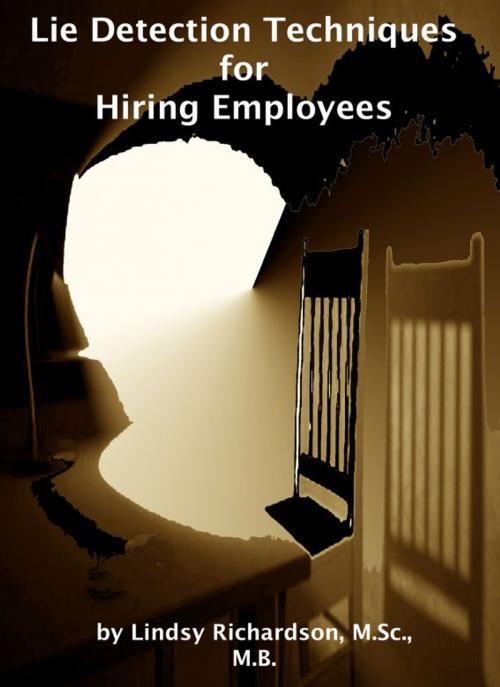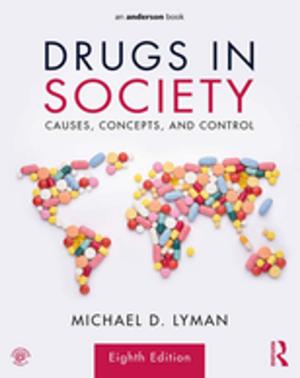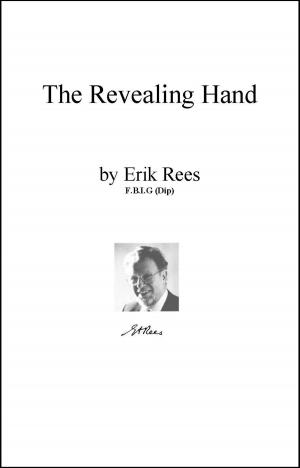Lie Detection Techniques for Hiring Employees: Current Research
Nonfiction, Health & Well Being, Psychology, Cognitive Psychology, Social & Cultural Studies, Social Science, Crimes & Criminals, Criminology| Author: | Lindsy Richardson | ISBN: | 9780988160941 |
| Publisher: | Lindsy Richardson | Publication: | October 6, 2012 |
| Imprint: | Smashwords Edition | Language: | English |
| Author: | Lindsy Richardson |
| ISBN: | 9780988160941 |
| Publisher: | Lindsy Richardson |
| Publication: | October 6, 2012 |
| Imprint: | Smashwords Edition |
| Language: | English |
Job applicant lying and misrepresentation is a major problem for employers resulting in billions of dollars of lost money each year. Lie detection is no simple task and requires the use of sophisticated techniques.
The polygraph technique is a good start to this endeavor however manifestations of anxiety make it difficult to tell the difference between a truth and a lie. Functional Magnetic Resonance Imaging (fMRI) appears to identify key areas in the brain that are affected by lying and inhibiting a truthful response however practicality of the instrument for the day-to-day business of lie detection is questionable.
The construction and decision to state a lie can be explained by the activation decision construction model (ADCM) of lying. A person asks a question, the liar encodes the question, relevant information is activated, a decision is made to lie, and the lie is constructed. Finally, response time has been found to be a reoccurring theme in deception studies. An intriguing new approach to lie detection capitalizes on response time and has been dubbed ‘Time Restricted Integrity Confirmation (Tri-Con) yielding a liar-truth accuracy of 89%.
Job applicant lying and misrepresentation is a major problem for employers resulting in billions of dollars of lost money each year. Lie detection is no simple task and requires the use of sophisticated techniques.
The polygraph technique is a good start to this endeavor however manifestations of anxiety make it difficult to tell the difference between a truth and a lie. Functional Magnetic Resonance Imaging (fMRI) appears to identify key areas in the brain that are affected by lying and inhibiting a truthful response however practicality of the instrument for the day-to-day business of lie detection is questionable.
The construction and decision to state a lie can be explained by the activation decision construction model (ADCM) of lying. A person asks a question, the liar encodes the question, relevant information is activated, a decision is made to lie, and the lie is constructed. Finally, response time has been found to be a reoccurring theme in deception studies. An intriguing new approach to lie detection capitalizes on response time and has been dubbed ‘Time Restricted Integrity Confirmation (Tri-Con) yielding a liar-truth accuracy of 89%.















